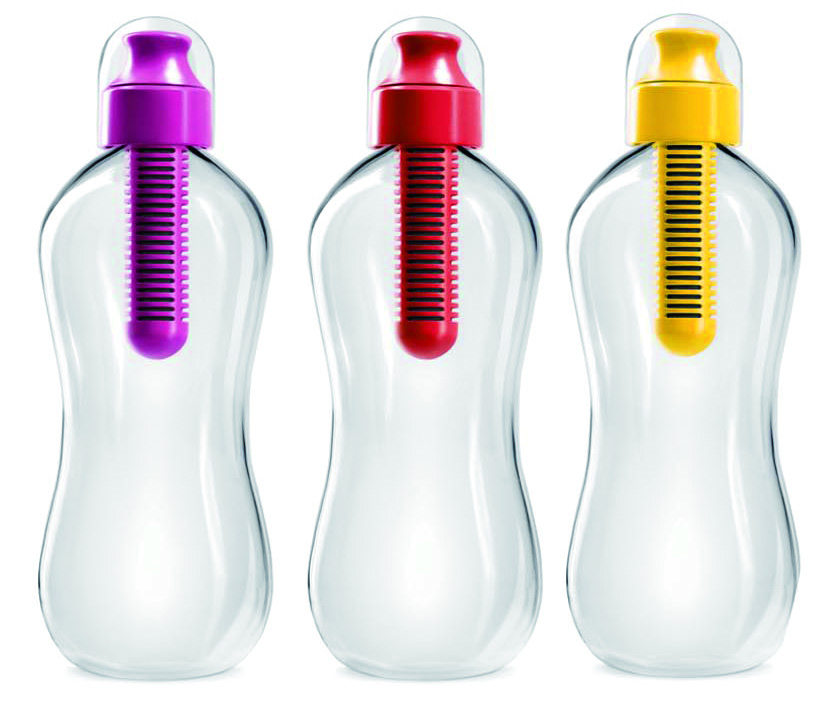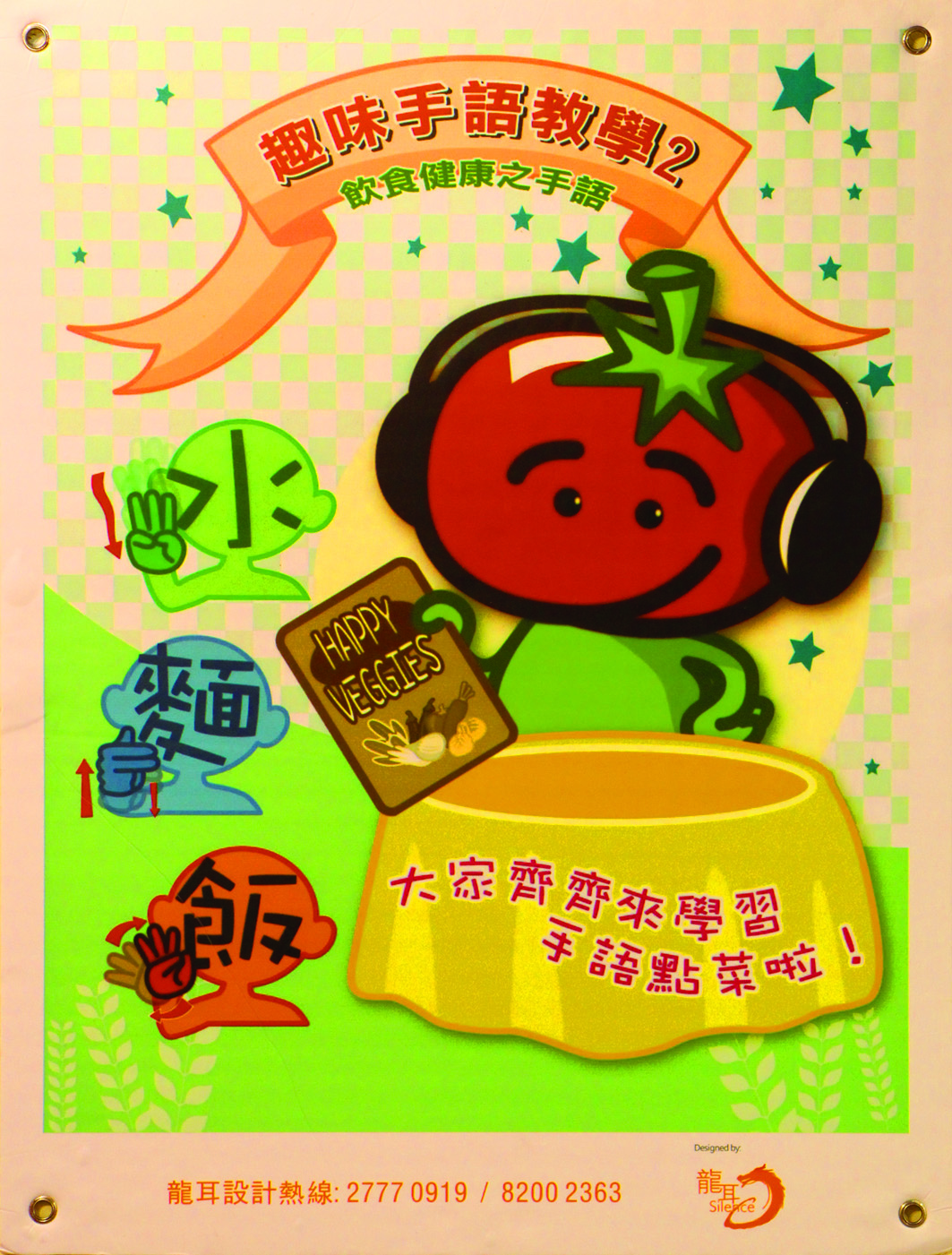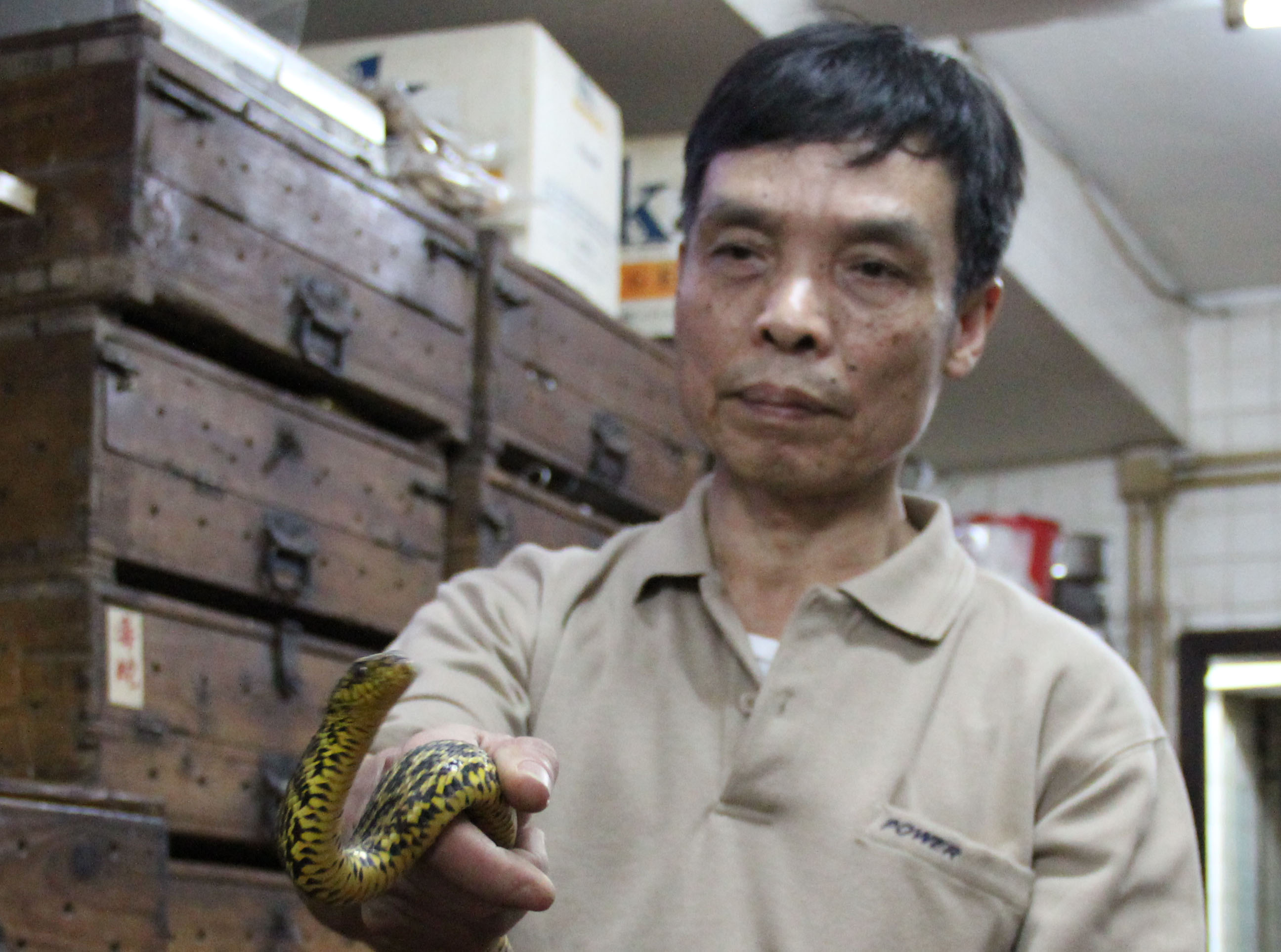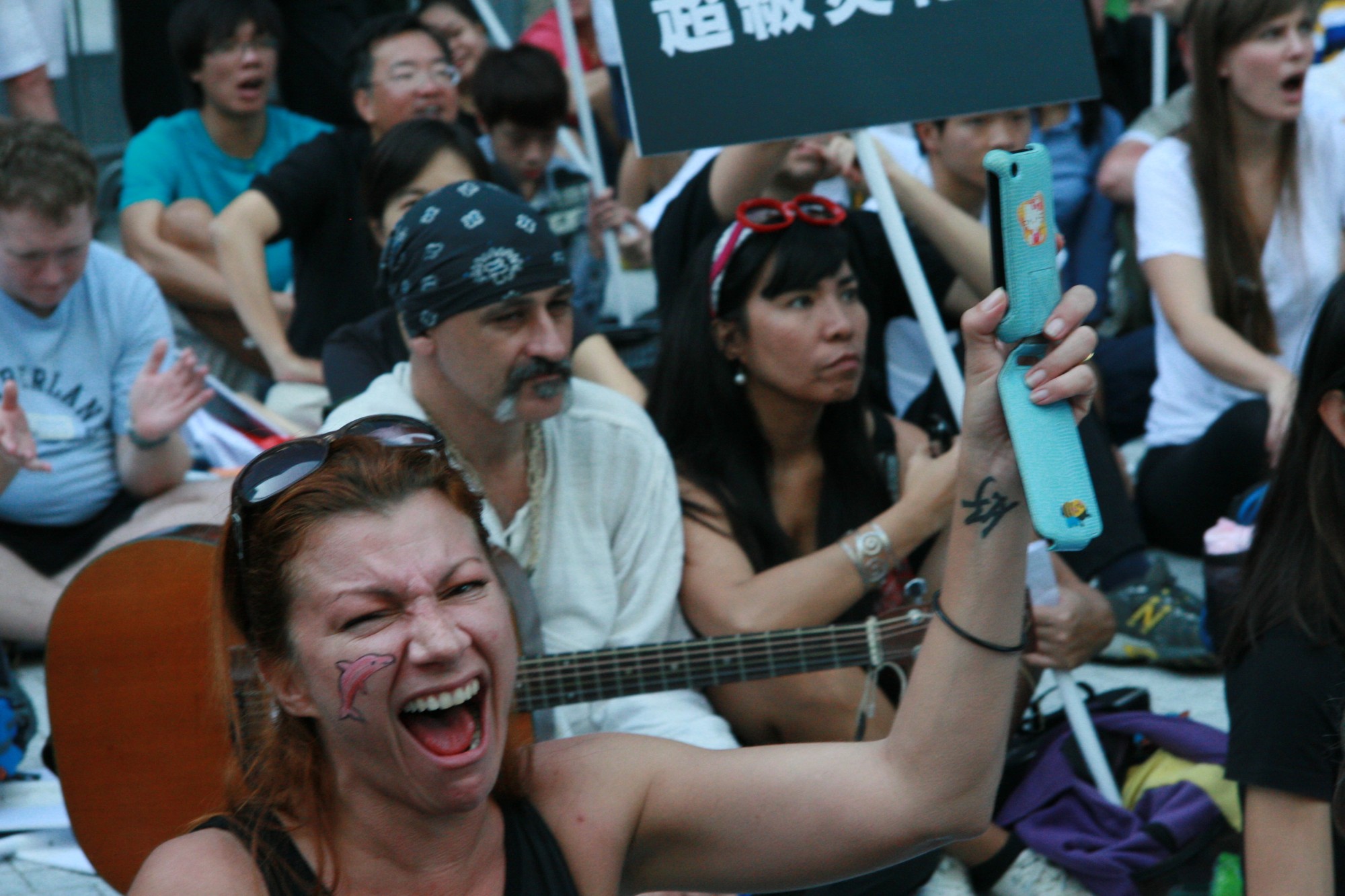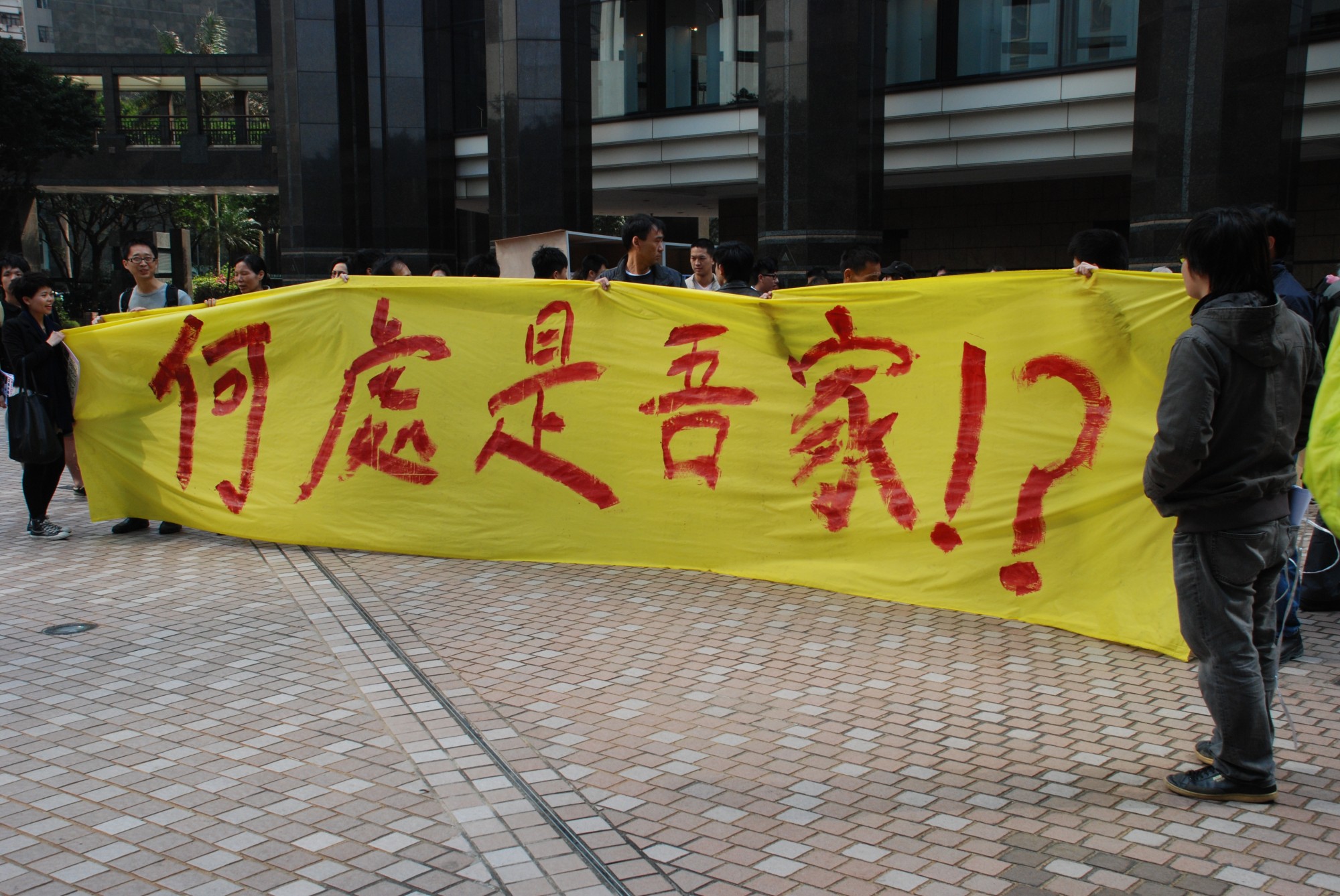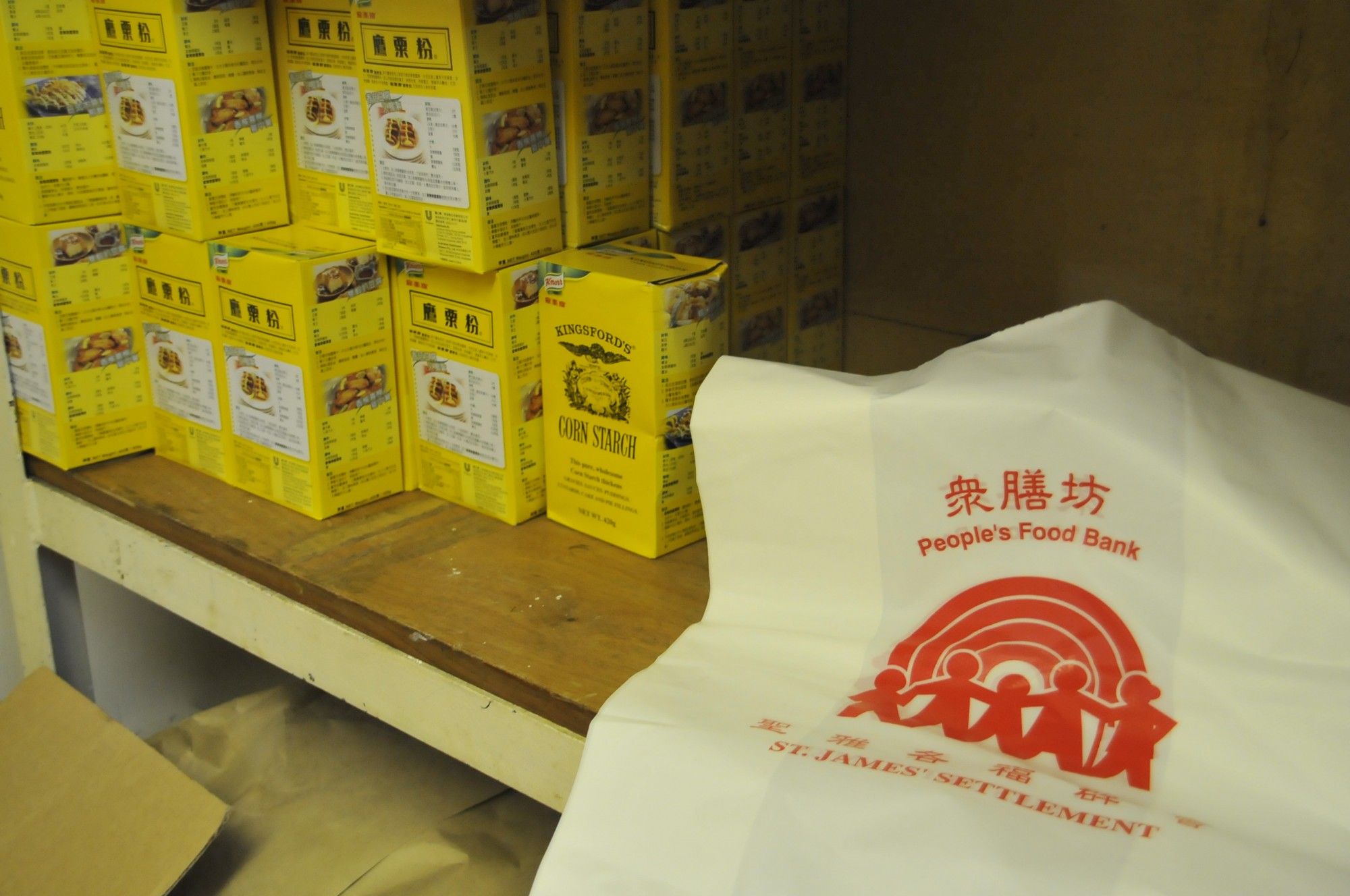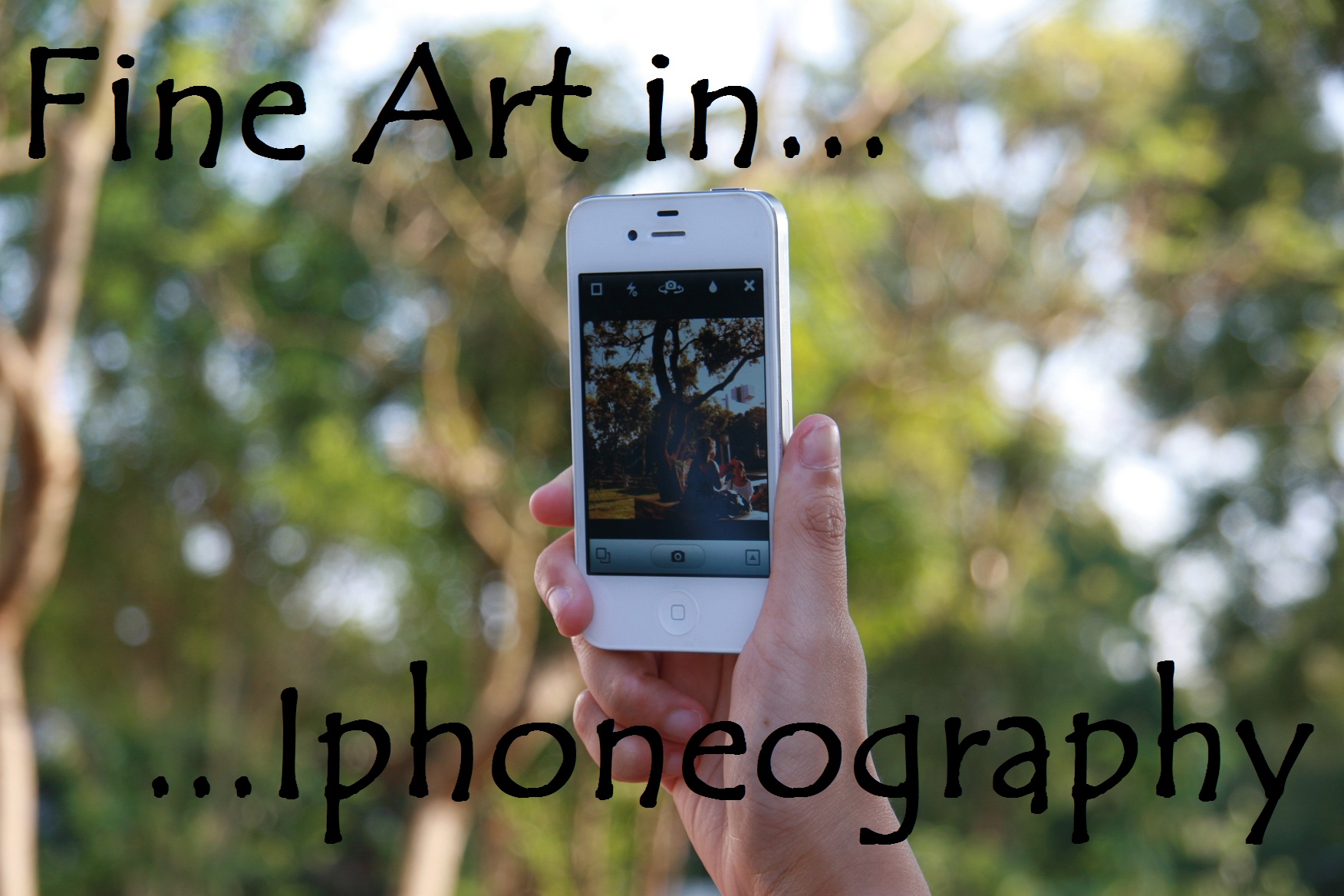The eco-friendly solution for safe, bottled water on the go
by Viola Yeh
If you ever worry about how safe it is to drink the water from drinking fountains at school, feel guilty that you are not being environmentally-friendly when you buy bottled water, or are turned off by the odour from tap water – then bobble might be able to help.
bobble is a water bottle that filters water as you drink. It has a portable water filtration cartridge with a carbon filter that significantly reduces odour, chlorine and organic contaminants from regular municipal tap water. It is also an eco-friendly water bottle made from recycled materials and is 100 per cent recyclable itself. Each bobble filter is good for producing the equivalent of at least 300 bottles of filtered water. If it is for daily use, the filter should be replaced once every two months.
Worried that you may forget to grab yourself a new filter in time? You can create a personal account on “bobble Love” to remind yourself regularly. bobble filters are available in more than 10 bright colours. So every two months, you will have an excuse to buy yourself a new filter that represents your mood, style and character.
Owning a bobble does not only help protect nature and save money, it can also be a symbol of friendship. Charmaine Chan Yin-man, 18, has been using a bobble for almost a year. She received a bobble as a present from her friend last Christmas. “I wanted that [bobble] present for a long time. My friend knew and she got it for me,” she says. A lot of Chan’s friends use a bobble, symbolizing their friendship and closeness.
Chan finds it convenient to drink from a bobble. She often fills up her bobble with tap water from her dormitory and drinks from it straightaway. “You feel safer drinking water from it and you actually feel better,” she says.
One of Chan’s friends had an interesting experience that may clear any doubts you have about the efficiency and effectiveness of the bobble filter. Her friend put chocolate milk into the bobble as an experiment to test its filtration ability. “The stuff that comes out is like brownish water and it tastes like water,” says Chan. Unfortunately, the success of the experiment had a sad ending. Her friend’s brand-new filter was clogged afterwards and she was forced to buy a new one.
A bobble costs HK$99. It can be found in City’super, Francfranc and different sports stores. It is available in three sizes, ranging from 385 millilitres to one litre.





































